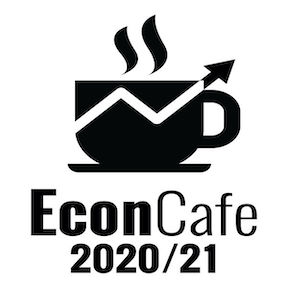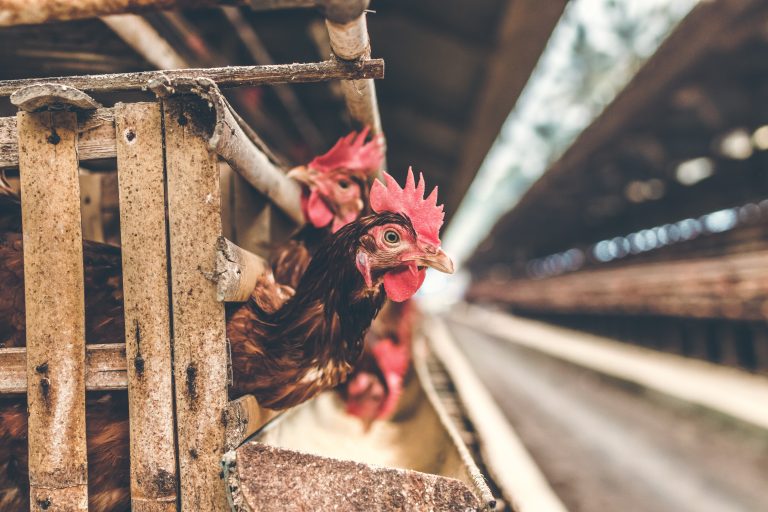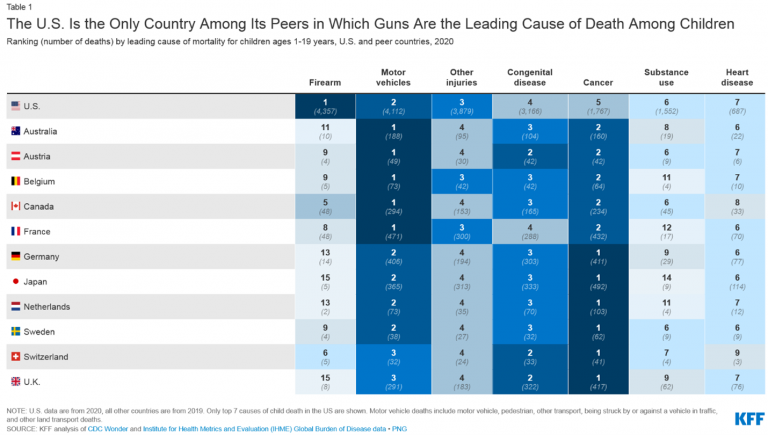Podcast: The Economics of Vaccines

This podcast is being recorded early in January 2021. The vaccines are starting to roll out slowly across the country, offering some hope that this pandemic will be moderating soon. So we decided it’d be a good idea to talk about the economics of vaccines.
We typically think about supply and demand in this way: Companies on the supply side make an investment and then produce the good. Then on the demand side, consumers look at the price of the good and decide whether to buy it or not
Vaccines are different. On the demand side, the buyer, the government, financed the development of several different vaccines. Moreover, for each vaccine the government agreed to pay a fixed price for all the doses it bought. Consumers, of course, get the vaccine for free.
On the supply side, most of the pharmaceutical companies, the vaccine developers, had financing from the government. So they could build manufacturing facilities even before the vaccines were approved, which is never done that way.
The result is that the price to the ultimate consumer, individuals, is zero because of the government subsidies. Why is zero a good price? The two reasons are equity and externalities.
Equity means that people should not be denied access to this vaccine simply because they don’t have enough money. That’s straightforward.
What do we mean by externalities? Remember that an externality means that something you do affects someone else. In the case of Covid, if there are more people vaccinated it makes you safer. If enough people are vaccinated, you have herd immunity and the pandemic fades away.
Taking a step back, we’ve seen that in a crisis we can actually develop new pharmaceutical products much faster than we thought. The development, the testing for safety and efficacy, and the building of the manufacturing facilities were all done at the same time. Even some of the production was geared up before the vaccines were approved.
Maybe we might be able to use the same approach in the future to speed up development of better treatments. Wouldn’t that be wonderful?
Questions:
- Why is the government subsidizing the cost of the vaccine to individuals?
- Creating a new vaccine is risky, because it might not work. How did the government increase the chances of getting a successful vaccine?
Source: https://www.buzzsprout.com/1292186/7940383-the-economics-of-vaccines













